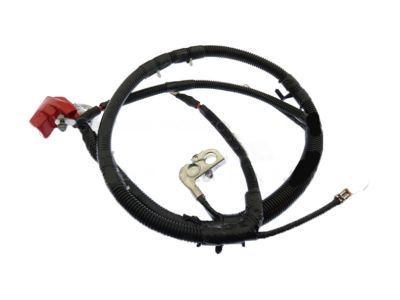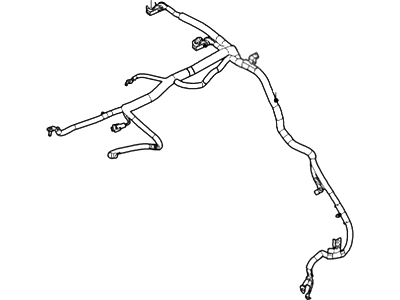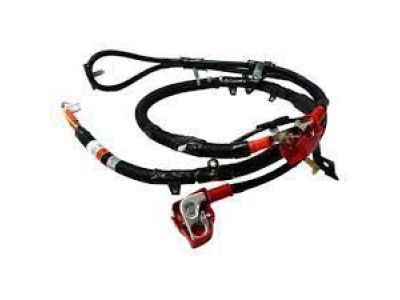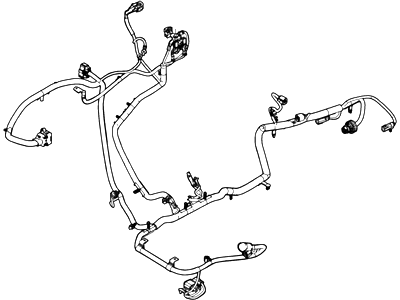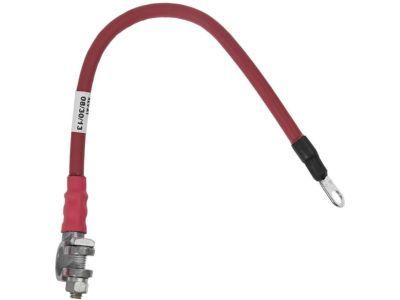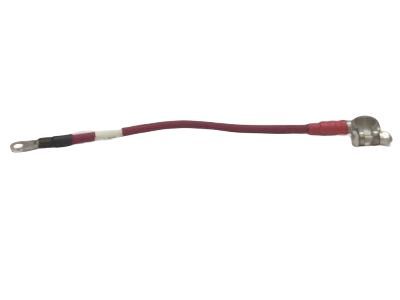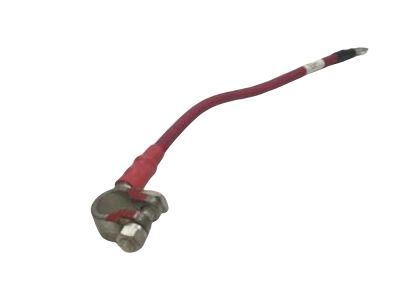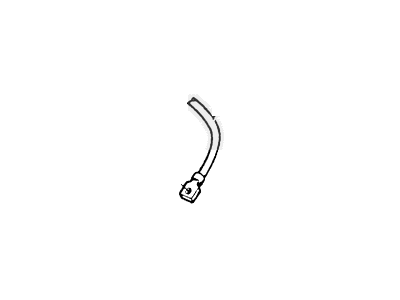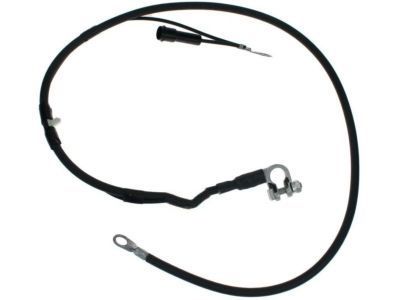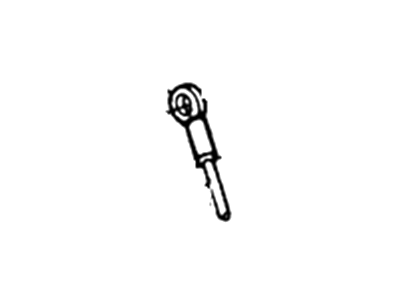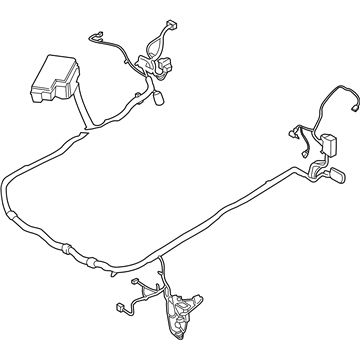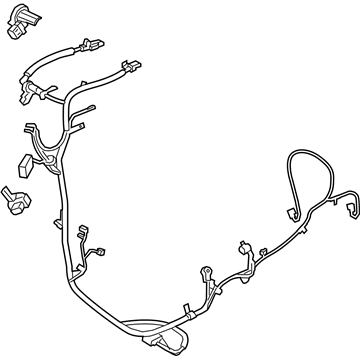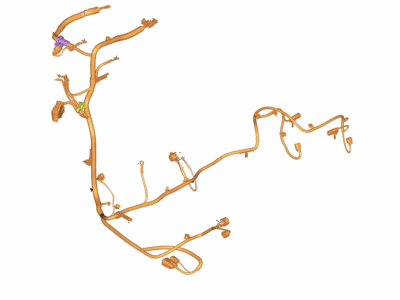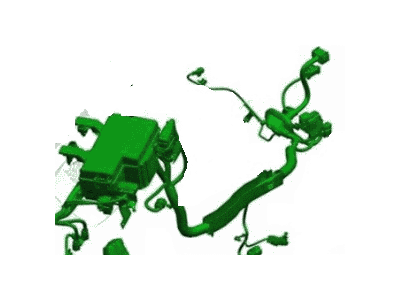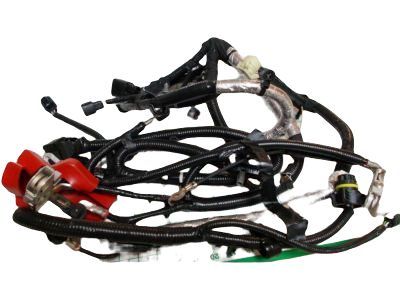

My Garage
My Account
Cart
Genuine Ford Mustang Battery Cable
Car Battery Cable- Select Vehicle by Model
- Select Vehicle by VIN
Select Vehicle by Model
orMake
Model
Year
Select Vehicle by VIN
For the most accurate results, select vehicle by your VIN (Vehicle Identification Number).
147 Battery Cables found
Ford Mustang Battery Cable Assembly
Part Number: ER3Z-14300-E$219.42 MSRP: $366.00You Save: $146.58 (41%)Ships in 1-2 Business DaysFord Mustang Battery To Starter Motor Cable
Part Number: E8ZZ-14300-A$17.08 MSRP: $26.55You Save: $9.47 (36%)Ships in 1-3 Business DaysFord Mustang Negative Cable
Part Number: E7SZ-14301-A$35.09 MSRP: $55.00You Save: $19.91 (37%)Ships in 1-3 Business DaysFord Mustang Wiring Assembly
Part Number: JR3Z-14290-A$826.56 MSRP: $1230.00You Save: $403.44 (33%)Ships in 1-2 Business DaysFord Mustang Battery Cable Assembly
Part Number: FR3Z-14300-L$172.02 MSRP: $235.05You Save: $63.03 (27%)Ships in 1-2 Business DaysFord Mustang Battery Cable Assembly
Part Number: GR3Z-14300-AR$238.99 MSRP: $408.00You Save: $169.01 (42%)Ships in 1-2 Business DaysFord Mustang Battery Cable Assembly
Part Number: GR3Z-14300-BA$238.99 MSRP: $408.00You Save: $169.01 (42%)Ships in 1-2 Business DaysFord Mustang Battery Cable Assembly
Part Number: GR3Z-14300-AK$243.40 MSRP: $406.00You Save: $162.60 (41%)Ships in 1-3 Business DaysFord Mustang Battery Cable Assembly
Part Number: GR3Z-14300-R$183.18 MSRP: $312.73You Save: $129.55 (42%)Ships in 1-2 Business DaysFord Mustang Battery Cable Assembly
Part Number: 5R3Z-14300-BA$128.26 MSRP: $212.00You Save: $83.74 (40%)Ships in 1-2 Business DaysFord Mustang Battery Cable Assembly
Part Number: FR3Z-14300-F$183.18 MSRP: $312.73You Save: $129.55 (42%)Ships in 1-2 Business DaysFord Mustang Battery Cable Assembly
Part Number: GR3Z-14300-K$183.18 MSRP: $312.73You Save: $129.55 (42%)Ships in 1-2 Business DaysFord Mustang Battery Cable Assembly
Part Number: FR3Z-14300-B$179.30 MSRP: $296.36You Save: $117.06 (40%)Ships in 1-2 Business DaysFord Mustang Battery Cable Assembly
Part Number: FR3Z-14300-J$179.30 MSRP: $296.36You Save: $117.06 (40%)Ships in 1-2 Business DaysFord Mustang Battery Cable Assembly
Part Number: GR3Z-14300-H$179.30 MSRP: $296.36You Save: $117.06 (40%)Ships in 1-2 Business DaysFord Mustang Battery Cable Assembly
Part Number: GR3Z-14300-M$179.30 MSRP: $296.36You Save: $117.06 (40%)Ships in 1-2 Business DaysFord Mustang Wiring Assembly
Part Number: JR3Z-14290-P$1156.96 MSRP: $1721.67You Save: $564.71 (33%)Ships in 1-3 Business DaysFord Mustang Battery Cable Assembly
Part Number: ER3Z-14300-B$256.06 MSRP: $412.00You Save: $155.94 (38%)Ford Mustang Battery Cable Assembly
Part Number: GR3Z-14300-Y$220.35 MSRP: $354.55You Save: $134.20 (38%)
| Page 1 of 8 |Next >
1-20 of 147 Results
Ford Mustang Battery Cable
These cables are crucial parts of Ford Mustang that enable efficient flow of electrical energy from the battery to other systems in the vehicle primarily for starting the cars engine. These cables comprises of a huge cable that carries power from the battery and a comparatively thin cable that acts as the earth cable from the battery. The reliability of Ford Mustang Battery Cables is paramount but any mechanical or chemical interference in form of corrosion will hinder starting of the engine. In this article, we will be discussing some of the Battery Cables that have been used in Ford Mustang cars with time, and all of them have been developed with the aim of achieving high performance. The main difference between these types is the construction and kind of metals used in making the devices as this has impact on their lifespan and conductivity. There cannot be any compromise on Ford Mustang Battery Cables since they determine the performance of all the electrical system in the car.
We provide a wide range of Ford Mustang Battery Cable at the best prices possible. If you need Ford Mustang Battery Cable, you can shop with confidence on our website. All our OEM parts come with a manufacturer's warranty and are delivered to your door step with a fast delivery service.
Ford Mustang Battery Cable Parts Questions & Experts Answers
- Q: How should you properly inspect and replace battery cables on Ford Mustang?A:Every so often check the external length of each battery cable for any signs of damage or a damaged or burnt insulation and corrosion because it is common to find poor connections and starting problems that would reduce performance. Inspect the cable to terminal connections to see if they have cracks or if the wire strands are loose or corroded; any white, fluffy deposits under the coating should be considered to be corrosion and the cable should be replaced. Normally, the negative cable should be disconnected from the negative battery terminal first and reconnected last to prevent making shorts inadvertently. First unhook the ground cable from the negative terminal and then the positive terminal thereafter remove the other ends of the cables, the one that is connected to the B+ terminal in the engine compartment fuse and relay box, the Alternator and the starter motor solenoid. When replacing the cables it is advisable to take along the originals to get new corresponding ones as the positive ones are usually red and larger than the ground cables black and smaller. It then may be necessary to clean the threads of the starter solenoid or ground connection with a wire brush and apply a corrosion inhibitor or petroleum jelly to the threads before making the connection of the cable to the terminal. Make certain that a new cable extends to the battery post without extension, and after that, attach the negative cable on the negative post of the battery.
Related Ford Mustang Parts
Browse by Year
2024 Battery Cable 2023 Battery Cable 2022 Battery Cable 2021 Battery Cable 2020 Battery Cable 2019 Battery Cable 2018 Battery Cable 2017 Battery Cable 2016 Battery Cable 2015 Battery Cable 2014 Battery Cable 2013 Battery Cable 2012 Battery Cable 2011 Battery Cable 2010 Battery Cable 2009 Battery Cable 2008 Battery Cable 2007 Battery Cable 2006 Battery Cable 2005 Battery Cable 2004 Battery Cable 2003 Battery Cable 2002 Battery Cable 2001 Battery Cable 2000 Battery Cable 1999 Battery Cable 1997 Battery Cable 1996 Battery Cable 1993 Battery Cable 1992 Battery Cable 1991 Battery Cable 1990 Battery Cable 1989 Battery Cable 1988 Battery Cable 1987 Battery Cable 1986 Battery Cable 1985 Battery Cable 1984 Battery Cable 1983 Battery Cable 1982 Battery Cable 1981 Battery Cable 1980 Battery Cable
